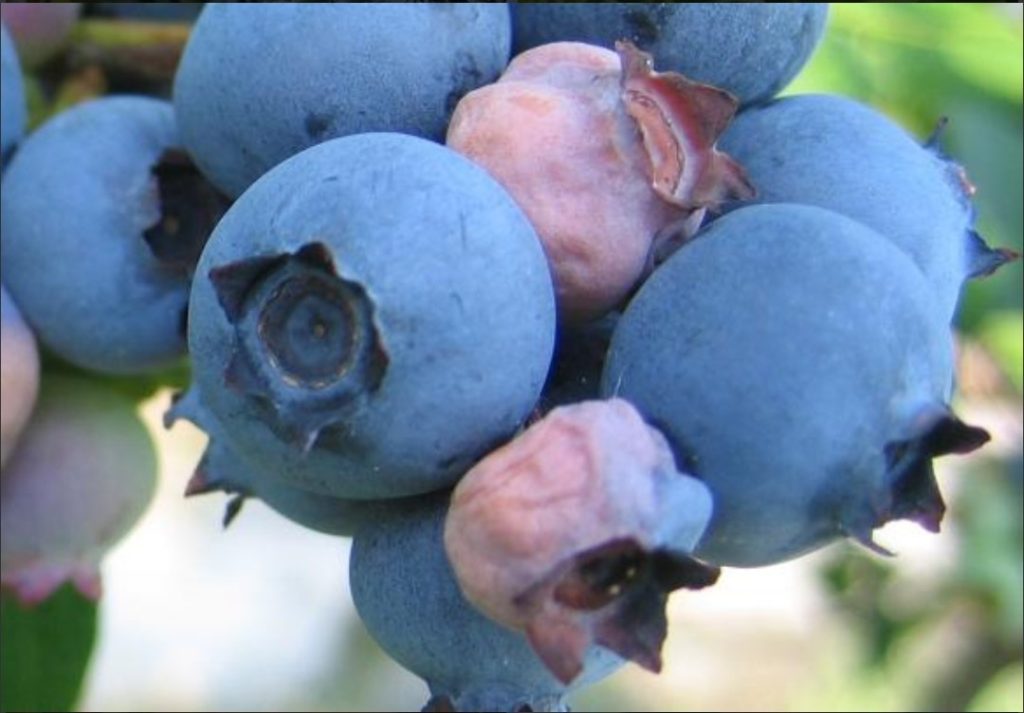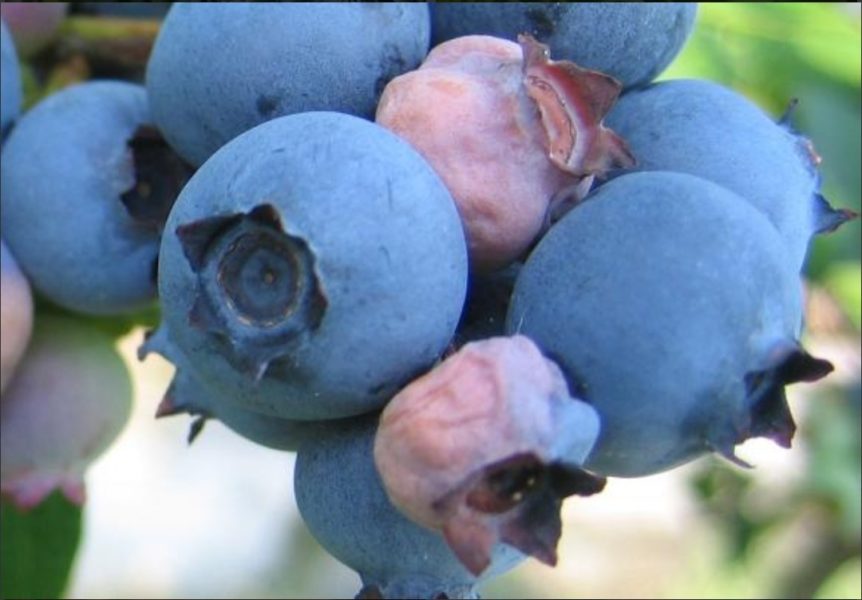
Weekly Field Update
Clemson Extension agents provide updates in The South Carolina Grower this week about the status of various crops being produced throughout the state.
Coastal Region
Anna Sara Hill
- Last week started out with many wet, boggy fields and others with standing water as a result of the heavy rain received across the area the previous weekend. It took most of the week for many fields to dry out enough for growers to get in and spray, despite temperatures climbing into the high 80’s and 90’s.
- With the exception of some watermelon plants collapsing with Fusarium, I have seen very minimal diseases on watermelons and cantaloupes this spring.
- Now that the environmental conditions are more favorable for infections, scout carefully for symptoms, as I expect to start seeing more disease. There seemed to be a reduced number of squash bugs and cucumbers in cucurbits over the past two weeks. The cucumber beetles I did see this past week were in later plantings.
Midlands
Phillip Carnley
- Blueberries are looking great. Yields have been higher than normal with the lack of a late frost. Birds have been the biggest cause of damage so far.
- Tomatoes and peppers are doing well with white mold causing some issues.
- Peas and butterbeans look great after the rain from last week. The biggest issue so far has been high weed pressure. If you didn’t use a pre-emergent herbicide, cultivation can help until the plants start to fill in and shade out weeds.
- Leafy greens are nearing harvest. The high daytime temps are causing wilt, but they have bounced back as temps cool off in the evenings. In low spots, there is some black rot present but nothing out of control.
- Cucurbits are coming along nicely. Cucumber beetles are still a major concern, so stay vigilant on your scouting. There has also been some wind damage in cucumber and watermelon, but nothing they won’t grow out of.
Rob Last
- Rainfall amounts in the Midlands varied between 2 and 3 inches, which for many crops came as a welcome respite from the drought conditions. However, the intensity of the rainfall caused some physical damage to many crops, such as bruising and splitting leaves. Physical wounding can be an infection site for pathogens.
- Blueberries are ripening well, with some early cultivars demonstrating harvestable fruit. Strawberries have some good ripening berries, but the rainfall did create some physical damage. In both crops, anthracnose and botrytis are very active. Maintain fungicide applications, and rotations of modes of action will be crucial.
- Cucurbits are looking good, with some good fruit coming to harvest. Monitor all crops closely for anthracnose lesions characterized by a sunken lesion on the fruit, often with salmon-pink spores. Foliar infections are typically elongated and tan in color on cucumbers.
- The rainfall and more humid conditions are ideal for the development of gummy stem blight in cucurbits, particularly the melons and squash.
- Cucurbit downy mildew has been reported in North Florida over the last 14 days, indicating the spores may be moving north. Applying protectant fungicides such as Bravo or Manzate can provide a window of application for the site-specific fungicides. Remember, if you are growing cucumbers and/or cantaloupe, Orondis Opti is the material to use. Watermelon and squash producers can utilize Orondis Ultra.
- Solanaceous crops are looking good with good fruit set. As with the other crops, be aware of the potential for disease pressure to increase following the rainfall.
Sarah Scott
- Although battered by heavy rain (in some spots even a little hail), the strawberry crop is pushing out a flush of new fruit. Some root rot is showing up in fields, and we’re seeing some spotty mite populations, but overall, many strawberry fields are recovering well. We will continue to monitor for issues related to the extreme weather conditions we have had recently.
- Peaches are being harvested in good volume. We are several varieties into the season. The biggest issues we are seeing in the fields now are still hail damage and bacteriosis. Thrips are showing up as well. Thrips damage during the season can cause silvering of fruit and curling leaves. Depending on how close to harvest the variety is will determine the best treatment option. UGA’s Brett Blaauw shared some control strategies on the UGA Peach Blog with us last May that growers can refer to.
- Vegetable crops are looking good as of now. Some of our fields did get hail damage, but we hope new growth and blooms will persist. Blackberries are starting to ripen and should hit the market in the next few weeks, and blueberries will be right behind them.










